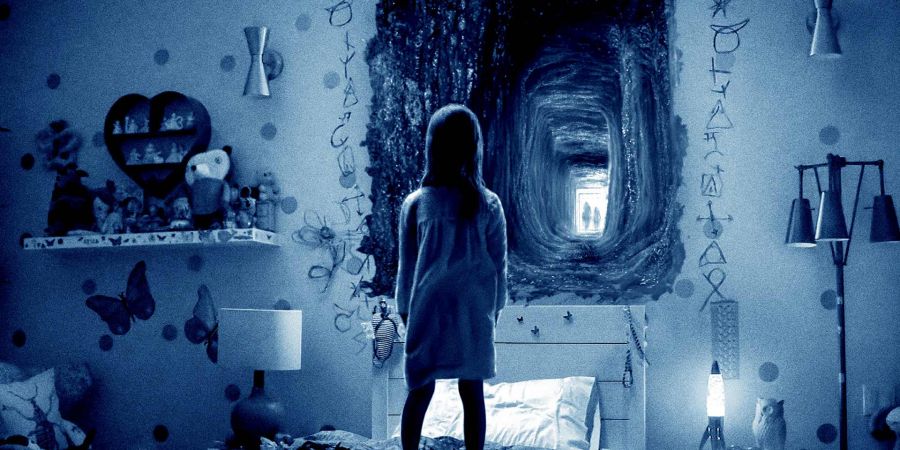

Modern neuroscience holds that the dynamic matrix of chemical and electromagnetic processes within the human brain is the source of all behaviors and experiences. It is possible to classify paranormal experiences as a subset of these neurogenic processes. Experiences that are classified as or attributed to paranormal phenomena 1) generally entail a sense of presence, 2) seem to involve the acquisition of information from distances beyond those typically attained by the classical senses, and 3) suggest distortions in physical time.1
The majority of paranormal events have depressing emotional undertones with a focus on one or more aspects of death to others or the breakdown of the self. It has been claimed that experiences involving death or crisis in others tend to happen mostly at night, especially between 2:00 and 4:00 A.M.
There seems to be a range of temporal lobe sensitivity that characterizes all people. People who are highly sensitive, as determined by above-average responses on the Persinger and Makarec Personal Philosophy Inventory5 or above-average results on the Roberts'6 epilepsy spectrum disorder assessment, report a greater variety of paranormal experiences as well as more frequently. As extrapolated from responses to clusters of items from these inventories, the correlation coefficients between the number of various paranormal experiences and scores for temporal lobe sensitivity range between 0.5 and 0.9. Additionally, those with higher alpha rhythms over the temporal lobes7 and elevated but not necessarily abnormal scores on the eccentric thinking and hypomania measures are seen in these inventories.
A skewed sense of causation and a biased information-sampling strategy (believers tend to examine fewer hypotheses and prefer confirmatory evidence) have both been claimed to be connected to paranormal beliefs in the reasoning literature. Parallel to this, recent research on contingency learning revealed that when two unconnected occurrences occur frequently, people interpret this ambiguous pattern as proof of a causal connection. Furthermore, the latter investigations show that the illusion is strengthened by sampling more cause-present cases than cause-absent cases. The contingency learning task should reflect this bias if paranormal believers really do exhibit a biased exposure to the material available: they would really subject themselves to more cause-present cases than cause-absent trials.
Paranormal beliefs are nevertheless prevalent despite the availability of scientific knowledge and efforts to create a society based on science. For instance, a 2005 poll found that 37% of Americans and 27% of UK inhabitants, respectively, believed in "haunted houses" and the ability to speak with the dead mentally. According to the European Commission [2], two out of every five Europeans claimed to be superstitious in 2010. Why some people continue to believe in the supernatural while others don't is still a mystery.
